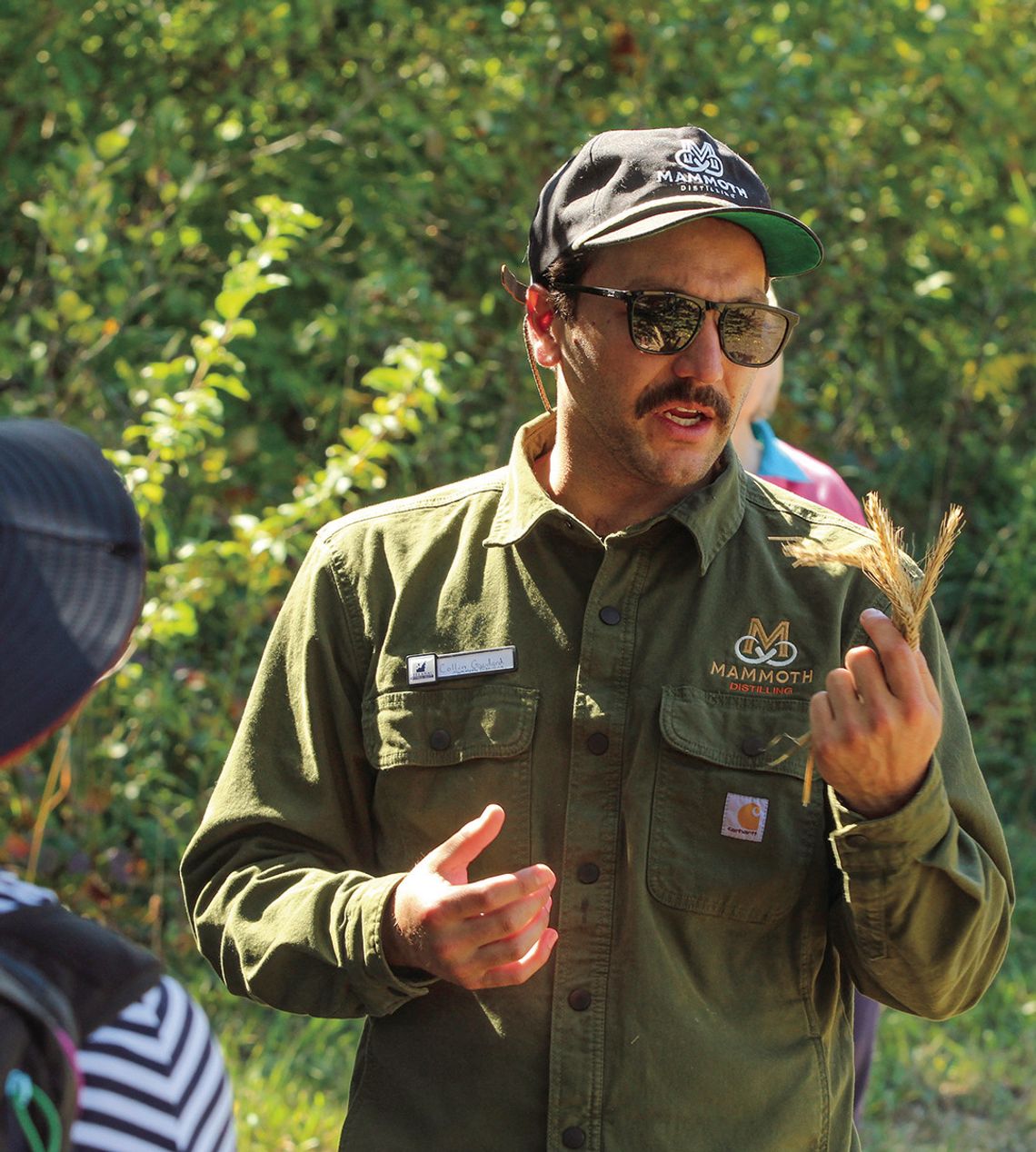Mammoth Distilling’s Collin Gaudard led a presentation for a group from the Leelanau County Historical Society visiting South Manitou Island Monday to talk about their historical preservation project of Rosen rye on the Leelanau County Island.
“When you research agriculture, Rosen rye is actually one of the advents of what we start to consider the scientific farming era, where we start looking at grains as more of a commodity, how to grow them together how to improve genetics,” said Gaudard, head distiller at Mammoth Distilling.
With a permit from the National Park Service, Mammoth Distilling for the first time in 70 years is growing pure Rosen rye on South Manitou Island since they started in 2020.
PLEASE LOG IN FOR PREMIUM CONTENT. Our website requires visitors to log in to view the best local news.
Not yet a subscriber? Subscribe today!



